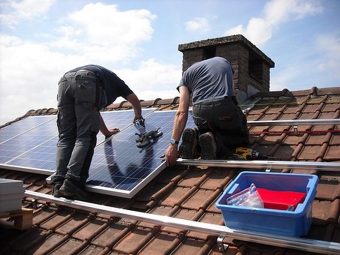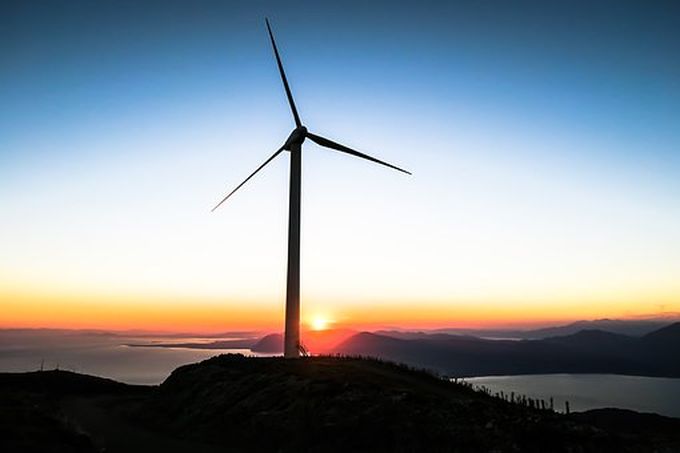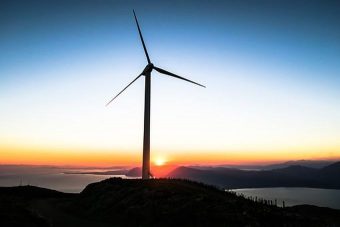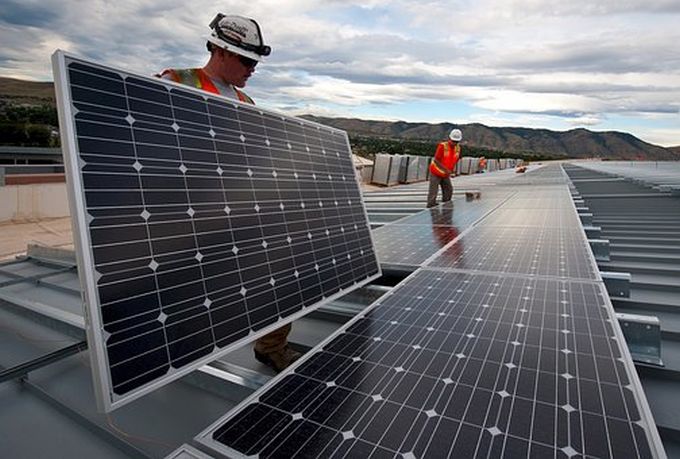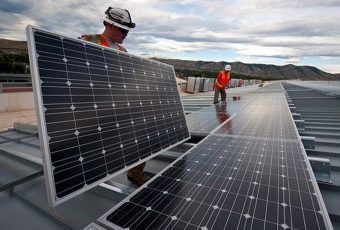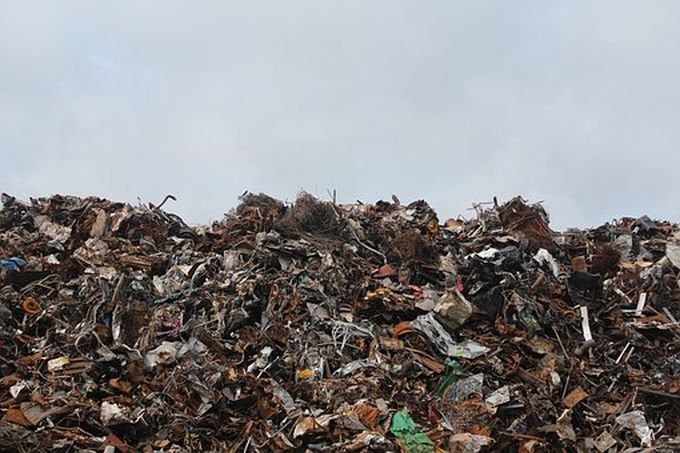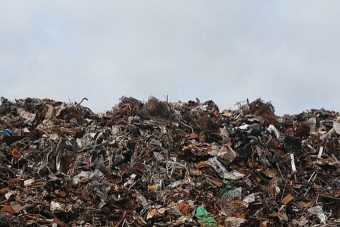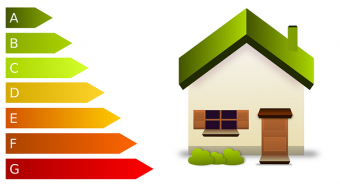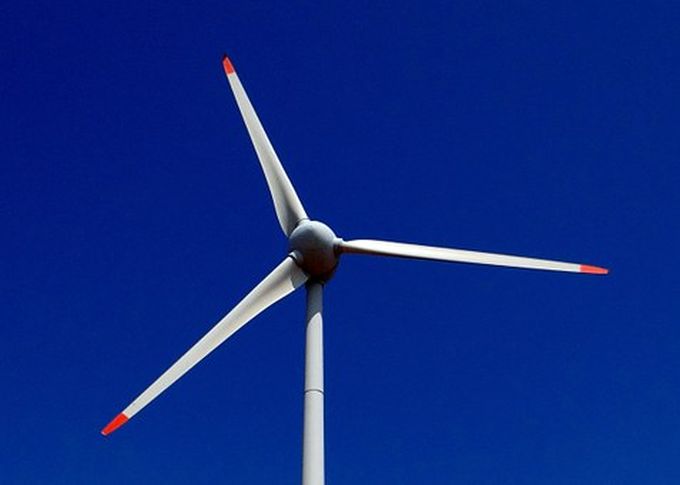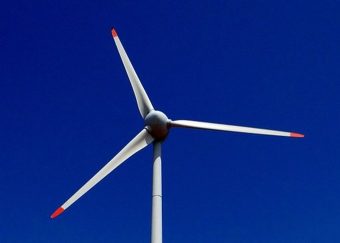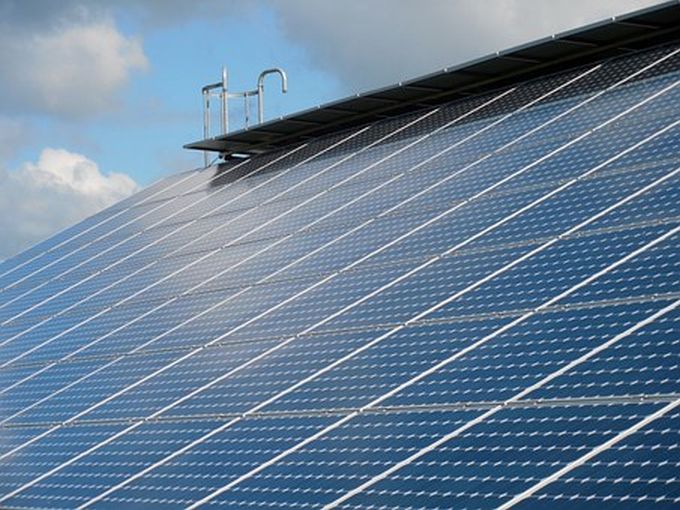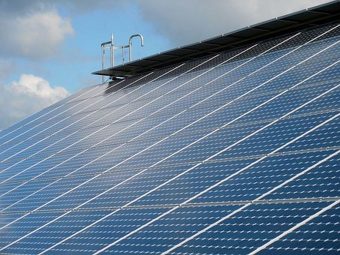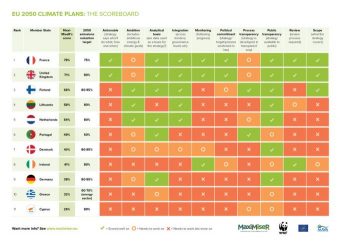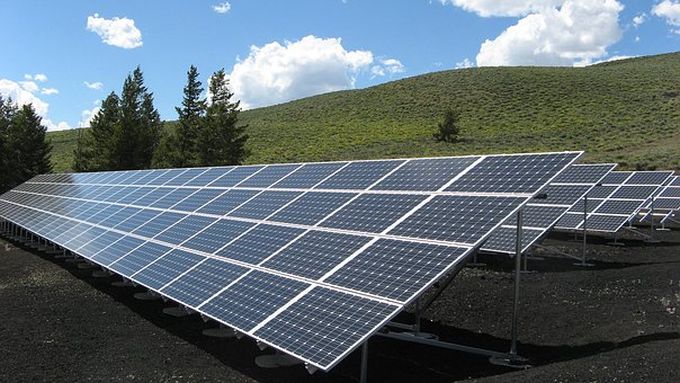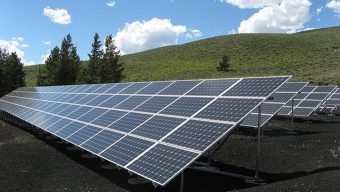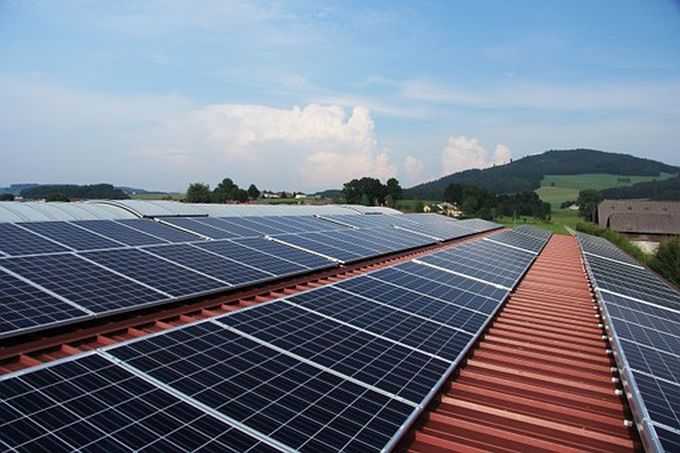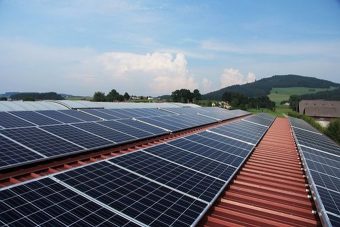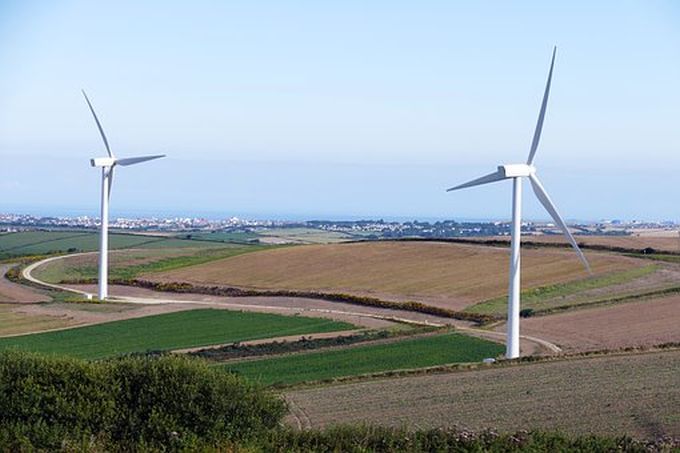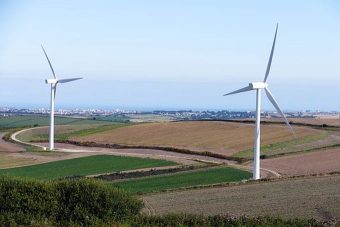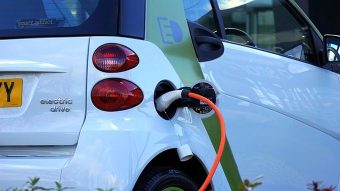
Renewable power firm Lark Energy has installed two electric car charging ports bolstered by solar PV panels at its headquarters in Lincolnshire, the company announced yesterday.
The firm said the new car ports could complement existing EV charge points at the site and would help it to increase the use of electric vehicles in its own fleet.
Moreover, the solar energy generated by the car ports are designed to be fed into the grid to be used as part of the firm’s energy consumption at the site, including delivering power to the EV charge points themselves.
Paul Adams, joint managing director of Lark Energy, said the innovation had the potential to be installed at further car parks and EV charge points across the country as take-up of battery-electric transport grows in the coming years.
“Solar powered car ports offer an opportunity for renewable energy generation,” said Adams. “We are keen to deliver installations for developers and commercial property owners including golf courses, country clubs and hotel car parks throughout East Anglia and the East Midlands. And by installing charging points powered by sustainable energy in the network we will be helping to promote the use of electric vehicles and renewables in the region.”
The news follows a flurry of funding announcements from the government yesterday aimed at encouraging further development of low carbon vehicle technology.
The government also confirmed drivers will continue to benefit from up to £4,500 off the cost of an ultra-low emission car, up to £2,500 off hybrid vehicles and £500 towards the installation of a home charge point.
Source: businessgreen.com






